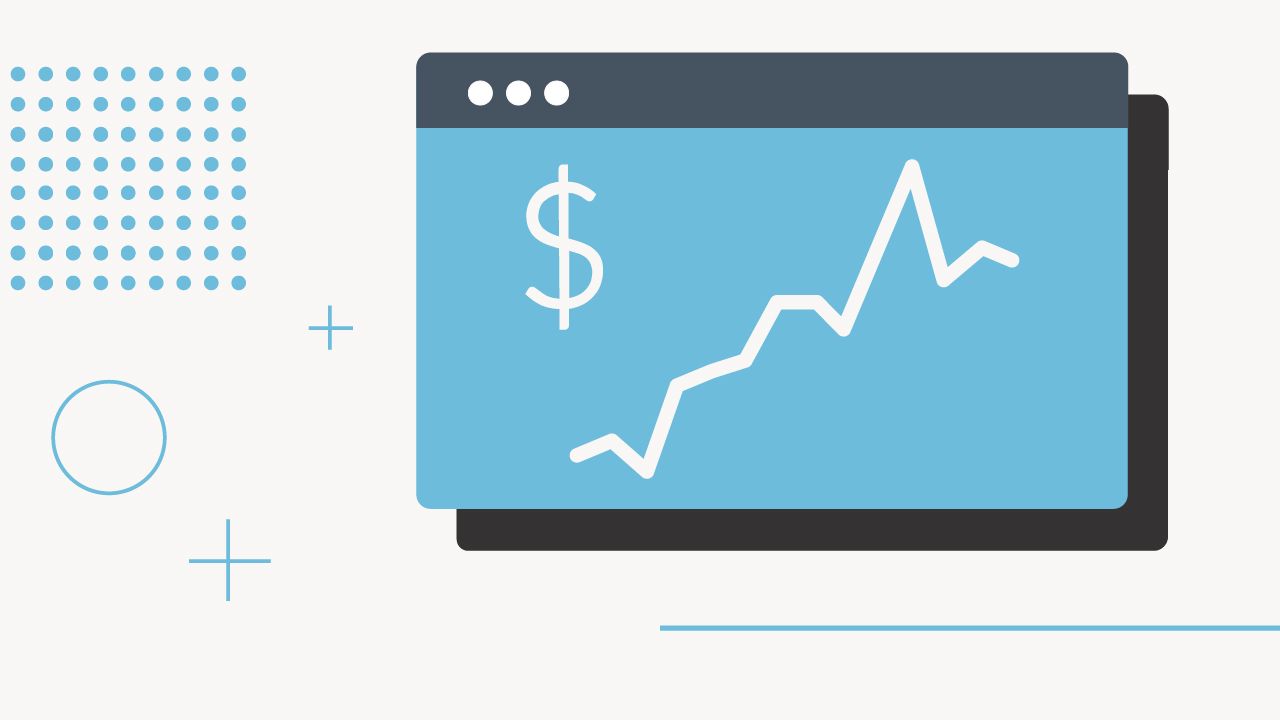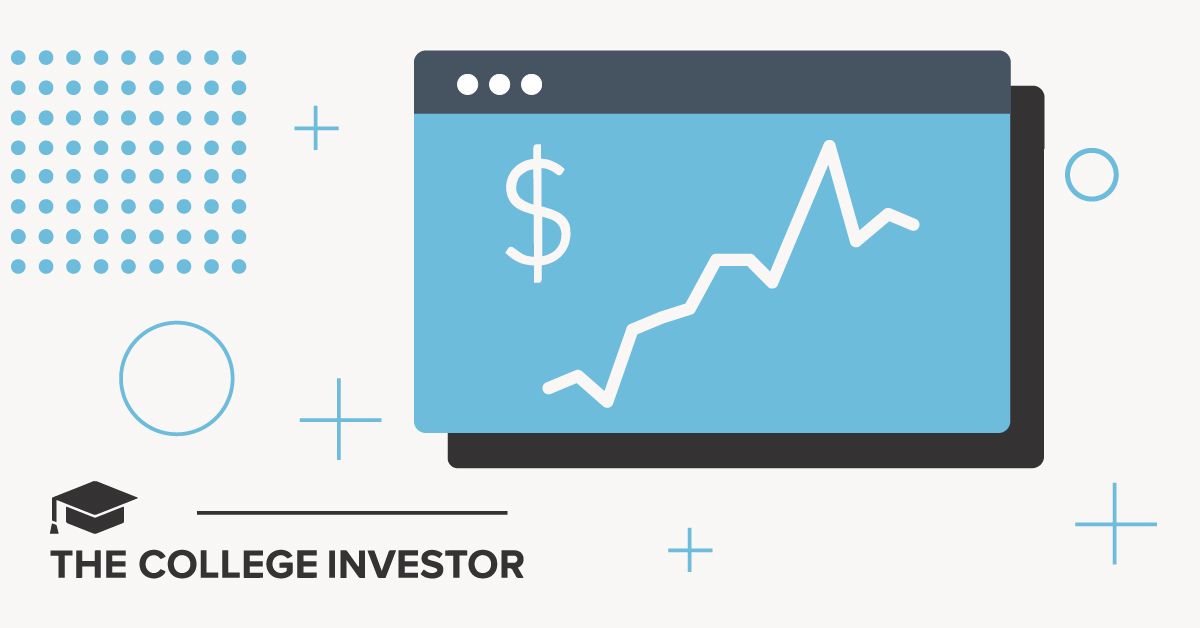
529 plan performance is tough to measure - it's not just the investment returns, but it's also about the tax benefits and fees.
Minimizing costs is usually key to maximizing returns, but not always. Sometimes, state income tax breaks can compensate for the cost of 529 plans with higher fees. So, how can you find the best 529 plan for your state and situation?
A more focused analysis of 529 plan portfolio performance net of costs and state income tax breaks yields results that differ from traditional 529 plan ratings.
Let's break it down.
Popular Ratings Of 529 Plans
There are several well-known ratings of 529 plans, such as:
- Savingforcollege.com: 5-Cap Ratings and Performance Rankings
- Morningstar: Gold, Silver, and Bronze Ratings
These ratings are based on a holistic evaluation of 529 plan performance, considering the full mix of investment options.
More recently, Penn-Wharton published a study that compares the performance of each state's 529 plan with a lower-cost, out-of-state plan.
This study confirms two things:
- Direct-sold 529 plans have lower fees than advisor-sold 529 plans, lower than 1%.
- Investors in 28 states would be better off going out of state for lower fees.
This is similar to previous research, such as Savingforcollege.com's Fee Study. The Penn-Wharton study identified California as the lowest-cost state since it has lower average fees on its set of investment options.
Two Investment Options Are Enough
A key flaw of all these studies is they use a holistic analysis to identify the best collection of investment options. Most 529 plans offer a dozen or more investment options.
But, all most families need are just two investment options:
- High-risk/high-return investment option
- Low-risk investment option
They can then mix these investment options to achieve an asset allocation that yields their desired combination of risk and return. Most of the performance of an investment portfolio is due to the asset allocation (e.g., percentage equities), not the specific investments included in the portfolio.
The high-risk investment option can be an S&P 500 index fund. Other stock funds, such as the Russell 2000 and a total stock market index fund, behave similarly to the S&P 500.
Only about 75 stocks in these index funds dictate the performance of the funds because the funds are weighted by market capitalization. Everything else is just a matter of taste. Chasing after the latest fad, such as a REIT, foreign stock fund, or ESG fund, usually results in lower long-term performance.
Although the expenses vary by portfolio, the index funds usually have the lowest fees.
But the fees for the same index funds do vary by 529 plan, from 2 bp to 65 bp. (A "bp" is 1/100th of a percent.)
Combined Impact Of Fees And State Income Tax Breaks
The total annual asset-based fee was identified for the S&P 500 index fund for each direct-sold 529 plan. The fee information was extracted from the latest version of each 529 plan's disclosure brochure or program description.
If the 529 plan does not offer an S&P 500 portfolio, a large cap or total stock market index fund was substituted, whichever had the lowest fees. Examples include the Vanguard Total Stock Market Index Fund and the U.S. Broad Large Cap Index Fund.
The highest state income tax break was also identified for each 529 plan. Two-thirds of the states offer a state income tax deduction or tax credit based on contributions to the state's 529 plan.
The fees and state income tax breaks were combined to calculate the net return on investment after investing $100 per month at a 6% annual rate of return for 10 years. This more naturally mimics the typical performance experienced by investors in 529 plans, in contrast with analysis that assumes a $10,000 lump-sum contribution.
A 6% annual rate of return, about half of the long-term return on an S&P 500 index fund, is what one could expect by using an age-based asset allocation on average. The monthly contribution amount does not hold much significance as the return on investment is proportional.
However, $100 per month is low enough to ensure eligibility for the maximum state income tax break. The analysis assumes that the value of the state income tax break is contributed to the 529 plan as an extra contribution once a year. Fees are also subtracted once a year.
The result is shown in the following table, with Wyoming omitted since it does not have its own 529 plan or offer a state income tax break. The table is sorted according to Net ROI, from highest to lowest.
The average fees are 22.9 bp, and the average state income tax break is 5%, with an average net return of 41.9%. Ten 529 plans have a net return of 45% or higher, earning them a gold star.
Although California has the lowest overall fees, there are four states that charge lower fees on their S&P 500 index portfolios, and California does not offer a state income tax break. As a result, California drops to 40th place when one considers the net return on investment. Instead, Indiana, which has a large state income tax break, takes first place.
The dozen lowest performing states either do not offer a state income tax break or do not have a state income tax. This includes three states with very low fees:
- Florida
- South Dakota
- California
However, offering a state income tax break does not guarantee good performance. Mississippi offers a state income tax deduction but also charges the highest fees at 65 bp, resulting in among the worst performance.
In contrast, New Jersey charges similar fees, at 62 bp, but offers a much better state income tax break, yielding an above-average net return on investment.
Generally, there is a stronger correlation between the net return on investment and the value of the state income tax break than with having lower fees. There is no correlation between fees and the state income tax break, so higher fees are not necessary to provide better benefits to families.
Best 529 Plan Performance (ROI)
Here's a breakdown of states, their fees, tax breaks, and net return on investment (ROI) in ROI order:
State | Fees (bp) | State Tax Break | Net ROI |
|---|---|---|---|
Indiana | 16 | 20% | 62.3% |
Minnesota | 15.25 | 10% | 49.0% |
New York | 12 | 9% | 47.9% |
Iowa | 18 | 9% | 47.6% |
Vermont | 39 | 10% | 47.1% |
Wisconsin | 11 | 8% | 46.5% |
Washington DC | 32 | 9% | 46.4% |
Connecticut | 11 | 7% | 45.6% |
Louisiana | 2 | 6% | 45.0% |
Rhode Island | 2 | 6% | 45.0% |
West Virginia | 12 | 7% | 44.9% |
South Carolina | 20 | 7% | 44.8% |
Georgia | 9 | 6% | 44.5% |
Virginia | 7.1 | 6% | 44.3% |
Idaho | 36 | 7% | 44.0% |
Nebraska | 29 | 7% | 43.9% |
Maryland | 13 | 6% | 43.8% |
New Jersey | 62 | 9% | 43.8% |
Missouri | 18 | 6% | 43.6% |
Massachusetts | 11 | 5% | 43.1% |
Kansas | 20 | 6% | 43.1% |
Illinois | 10 | 5% | 43.0% |
Utah | 12 | 5% | 42.9% |
New Mexico | 12 | 5% | 42.7% |
Ohio | 14.5 | 5% | 42.7% |
Maine | 50 | 7% | 42.5% |
Arizona | 11 | 5% | 42.4% |
Alabama | 20.5 | 5% | 42.2% |
Michigan | 9.5 | 4% | 42.1% |
Oregon | 22 | 5% | 42.0% |
Arkansas | 53 | 7% | 41.9% |
Oklahoma | 25 | 5% | 41.8% |
Montana | 57 | 7% | 41.6% |
Colorado | 29 | 5% | 41.0% |
Pennsylvania | 20.5 | 3% | 39.6% |
Mississippi | 65 | 5% | 38.5% |
Florida | 2 | 0% | 37.1% |
North Dakota | 48 | 3% | 37.1% |
South Dakota | 5 | 0% | 36.8% |
California | 6 | 0% | 36.8% |
Delaware | 11 | 0% | 36.4% |
New Hampshire | 11 | 0% | 36.4% |
Nevada | 13 | 0% | 36.2% |
Tennessee | 23 | 0% | 35.4% |
Washington | 25.4 | 0% | 35.2% |
North Carolina | 29.5 | 0% | 34.9% |
Texas | 33 | 0% | 34.6% |
Kentucky | 51 | 0% | 33.1% |
Hawaii | 58 | 0% | 32.6% |

Mark Kantrowitz is an expert on student financial aid, scholarships, 529 plans, and student loans. He has been quoted in more than 10,000 newspaper and magazine articles about college admissions and financial aid. Mark has written for the New York Times, Wall Street Journal, Washington Post, Reuters, USA Today, MarketWatch, Money Magazine, Forbes, Newsweek, and Time. You can find his work on Student Aid Policy here.
Mark is the author of five bestselling books about scholarships and financial aid and holds seven patents. Mark serves on the editorial board of the Journal of Student Financial Aid, the editorial advisory board of Bottom Line/Personal, and is a member of the board of trustees of the Center for Excellence in Education. He previously served as a member of the board of directors of the National Scholarship Providers Association. Mark has two Bachelor’s degrees in mathematics and philosophy from the Massachusetts Institute of Technology (MIT) and a Master’s degree in computer science from Carnegie Mellon University (CMU).
Editor: Robert Farrington Reviewed by: Ashley Barnett
